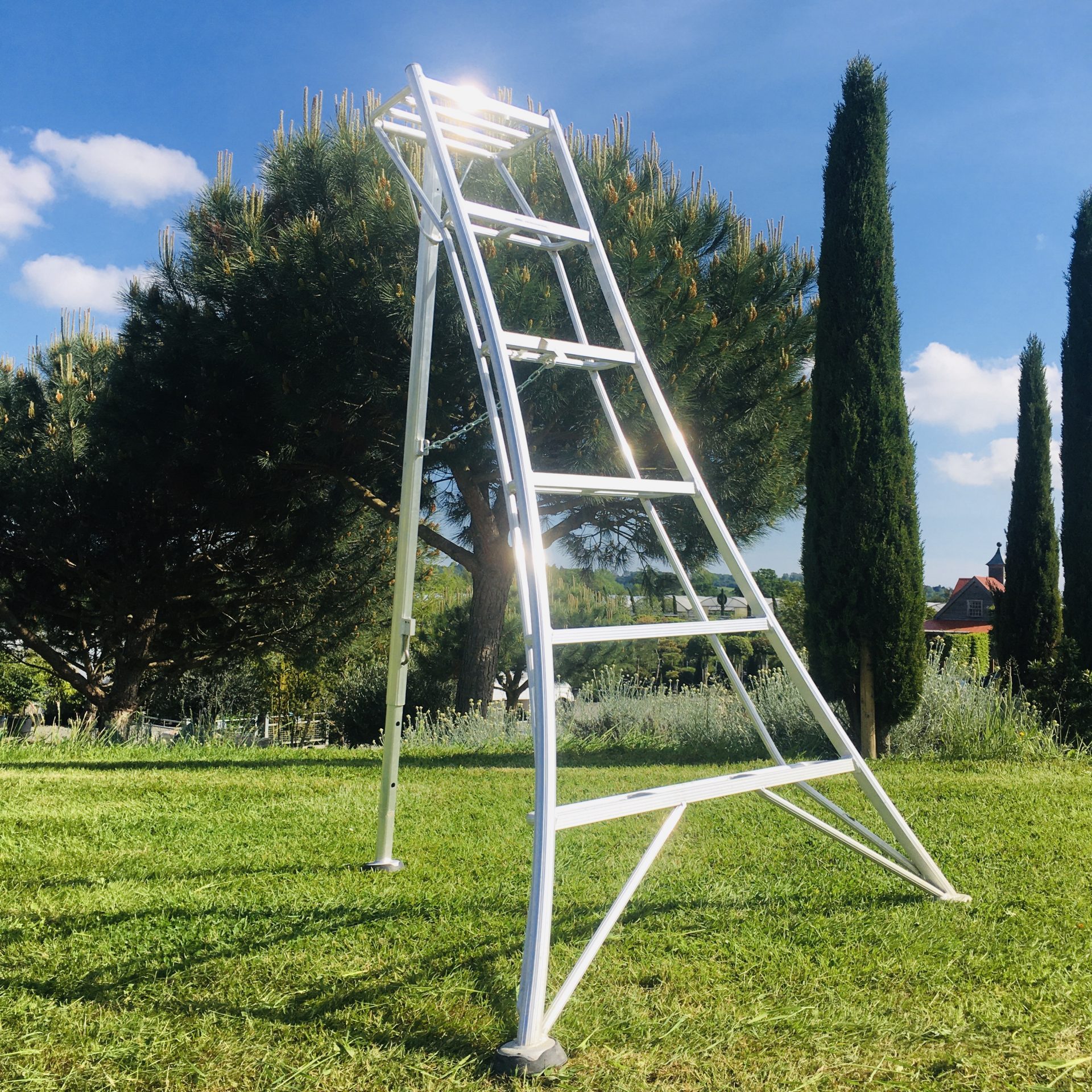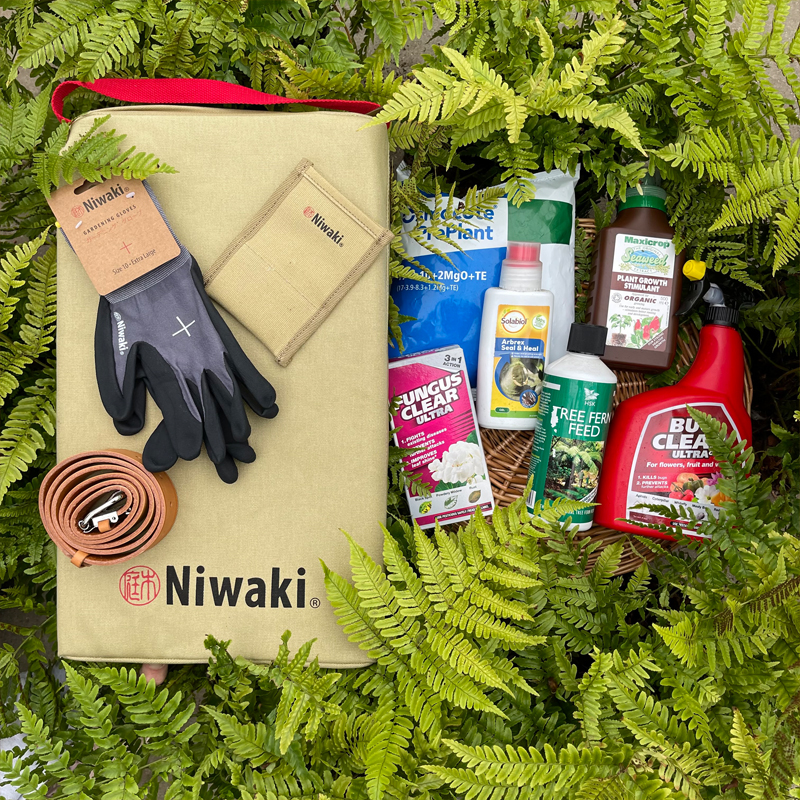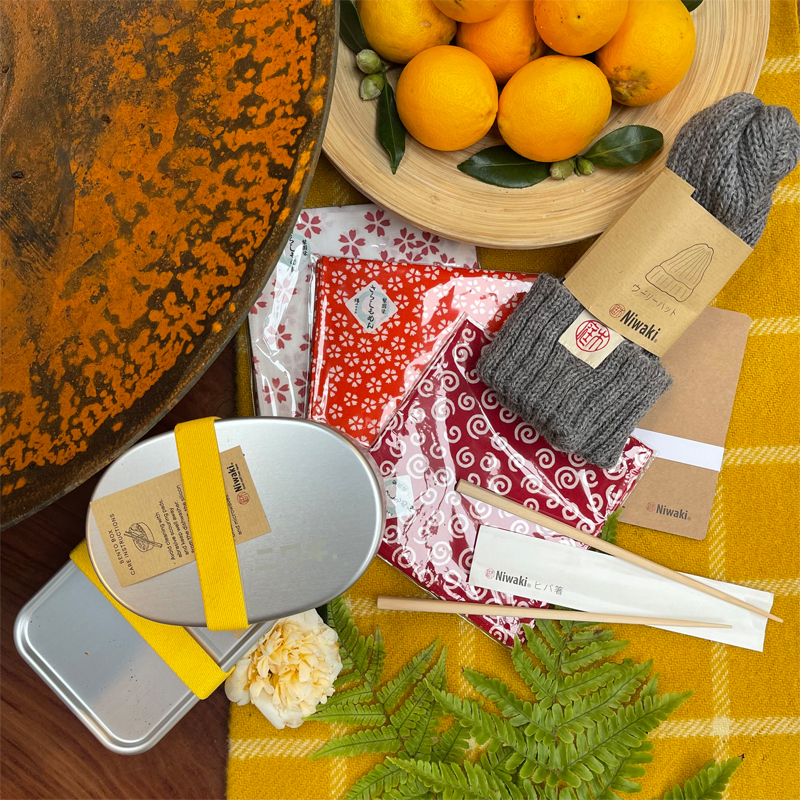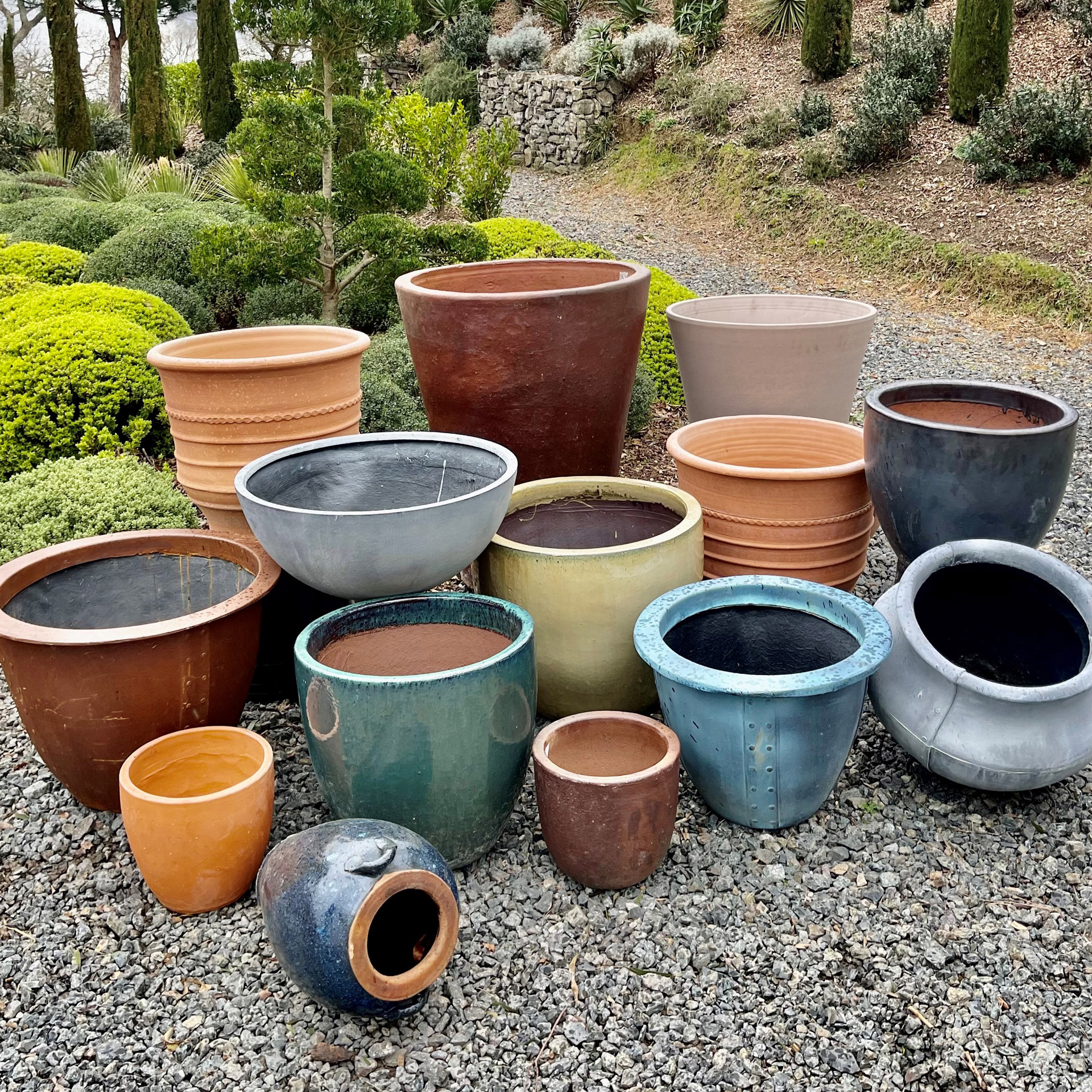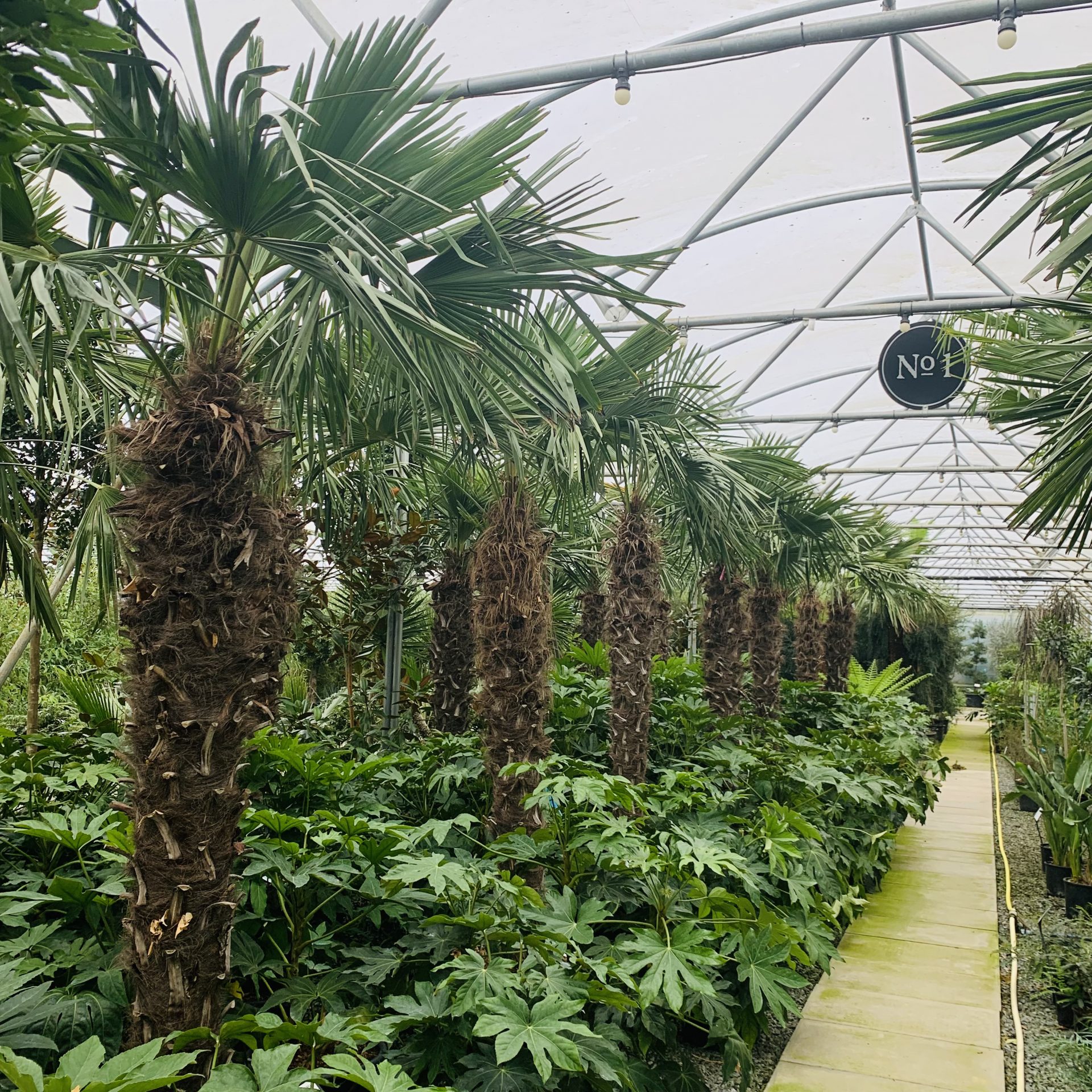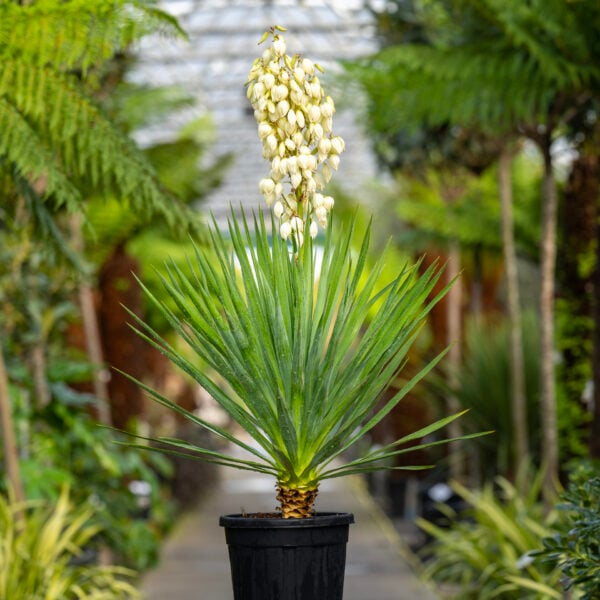Yucca gloriosa
The original yucca that was first introduced to Britain from the Carolinas in the U.S.A. Tremendously stiff leaves that mean this is the most wind tolerant. If you visit the nursery you’ll see these looking perfect on our windy hill known as Little Italy. They flower so late in the year that sometimes the frost will get them before they open fully. The flowers come and go. The real reason for growing these is the wonderful form of the plant itself. They’re long lived and will eventually grow stout trunks to 6ft or more but this could take many years. We propagate these in our lab by micropropagation as seed is unavailable and division is too slow. We found the originals growing in enormous profusion at Praa Sands near Penzance. We were always scrupulous about getting permission to take any plant material from anywhere; except in the case of these. The thought of being sucked into a bureaucratic vortex called Cornwall County Council compelled us – with the connivance of some random local residents – to nick some. Only a few. It was many decades ago and I expect that all guilty parties (except me), passed on years ago. Good old Praa Sands. The ones we left behind (billions) are probably still there.
Severe frost (-4°c or below) will give the leaves a glazed look. It can look terminal but it’s not. They recover wonderfully well and incredibly fast as soon as the temperature rises.
In common with all the yuccas we grow : remove old leaves (pull off or cut off, depending on your proclivities), use fungicide on them if they get spotty (this will stop the spot spreading – not make the spots go away), they have large white flower spikes in late summer, they branch after flowering, remove the flower spike as soon as the flowers fade. Any reasonably well drained soil – they’re not desert plants and are not as fussy as people often imagine.
Some notes about spotty leaves : some plants (this is one) are susceptible to getting black spots on their leaves. This is the growth of fungal organisms that land on the leaf and grow. They do no harm to the plant but they look unsightly. This spottiness only seems to afflict a small number of plants that have spent the last few million years evolving in a dry climate where airborne fungal spores are rare and therefore the plants have never had a reason to develop a way to combat the situation. The technique to combat these spots is a combination of fungicide (any will do – particularly anything recommended for roses) used when the spots appear and merely removing (and burning preferably) affected leaves. Leaf removal removes the source of infection, fungicide kills the spores (but doesn’t make the spots go away).
N.B. When clipping several plants with the same tool, have a bucket containing a 5% bleach solution and swish your blades around for 30 seconds between plants to sterilise them. This will help avoid the chance of cross contamination of disease.
As with all woody plants, plant high, exposing as much of the taper at the base of the trunk as possible. Allowing soil to accumulate round the base of a tree can be fatal. Keep very well watered when first planted.
Showing the single result






